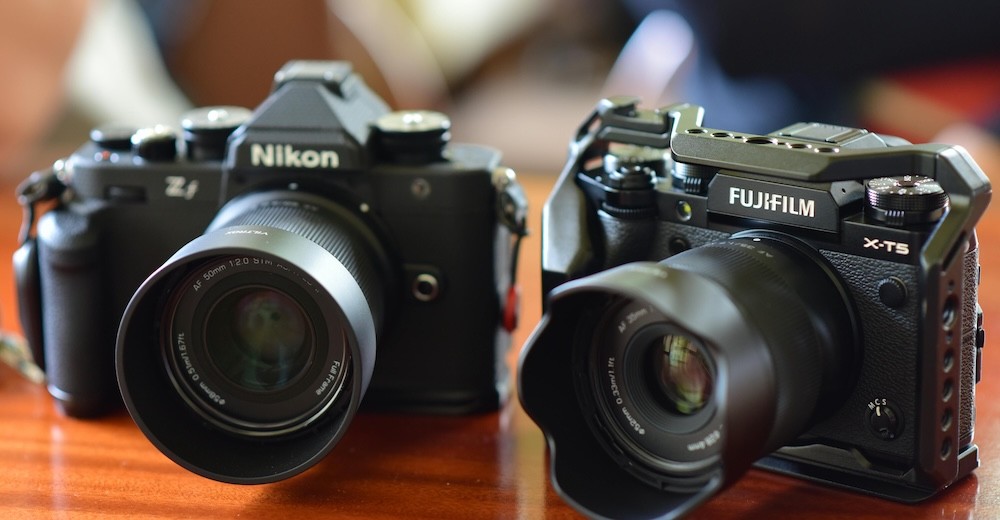The Camera Market Speaks: In 2025 there is a clear winner (and a big surprise)
If you're interested in the direction the photography market is heading, data from the Japan Camera & Imaging Products Association (CIPA) for September 2025 offers a very clear picture. These numbers accurately reveal which types of cameras are currently preferred by photographers and which are losing relevance.
The outlook is encouraging: September shipments not only grew considerably compared to the previous month, but also surpassed the figures for September 2024. The industry is expanding. However, the key piece of information lies in where this growth is manifesting itself.
The Undisputed King: The Unstoppable Rise of Mirrorless Cameras
It's no surprise to anyone who follows the industry, but the numbers confirm it: mirrorless cameras are the most popular and the driving force of the industry.
Mirrorless cameras are the big winners. So far this year, unit sales have increased by 13%, meaning significantly more cameras have been sold. Interestingly, the total revenue from these sales only increased by 4%. This tells us that people are buying more cameras, but probably more affordable or mid-range models. Regardless of price, one thing is certain: this is the format everyone is embracing and the clear future of the industry.
The Big Surprise: The Return of Compact Cameras?
Here's the most surprising statistic from the report. In the first nine months of 2025, 22% more compact cameras were sold than the previous year. But what's most revealing is that the total revenue from these sales skyrocketed by an impressive 47%.
What does this mean? Not only are more compact cameras being sold, but significantly more expensive and advanced models are being sold. The "premium compact" market is booming, attracting photographers who seek quality and portability without the hassle of an interchangeable lens system.
DSLRs Continue Their Decline
Just as there are clear winners, there's also a category that's in steep decline. The numbers for DSLR cameras are compelling: So far this year, sales are down 26%. Furthermore, the total revenue generated by those sales fell even further, by 31%. The market has spoken: the technological transition to mirrorless cameras is in its final stages.
And what about lenses?
The CIPA report also gives us interesting insights into the lens market. There's a metric that measures how many lenses are sold compared to the number of cameras sold.
Last year, for every camera sold, 1.58 lenses were sold (that is, the camera and a little over half an extra lens). This year, that figure has dropped slightly, to 1.51 lenses per camera.
Simply put, people are buying slightly fewer 'extra' lenses for each new camera they purchase. This could mean that the lenses included in camera kits are of better quality than before, or perhaps photographers are being more selective with their purchases.
Interestingly, while lenses for small sensors (smaller than 35mm) increased by 9%, lenses for full-frame cameras (35mm and larger) actually decreased by 5% in units.
Conclusion in A Transforming Market
CIPA's figures for 2025 paint a clear picture: the camera market isn't dying, it's transforming. Popularity has definitively shifted to mirrorless cameras as the industry standard, while premium compact cameras are experiencing a surprising resurgence.
The DSLR era is coming to an end, but the passion for photography, supported by new technology, remains stronger than ever.
